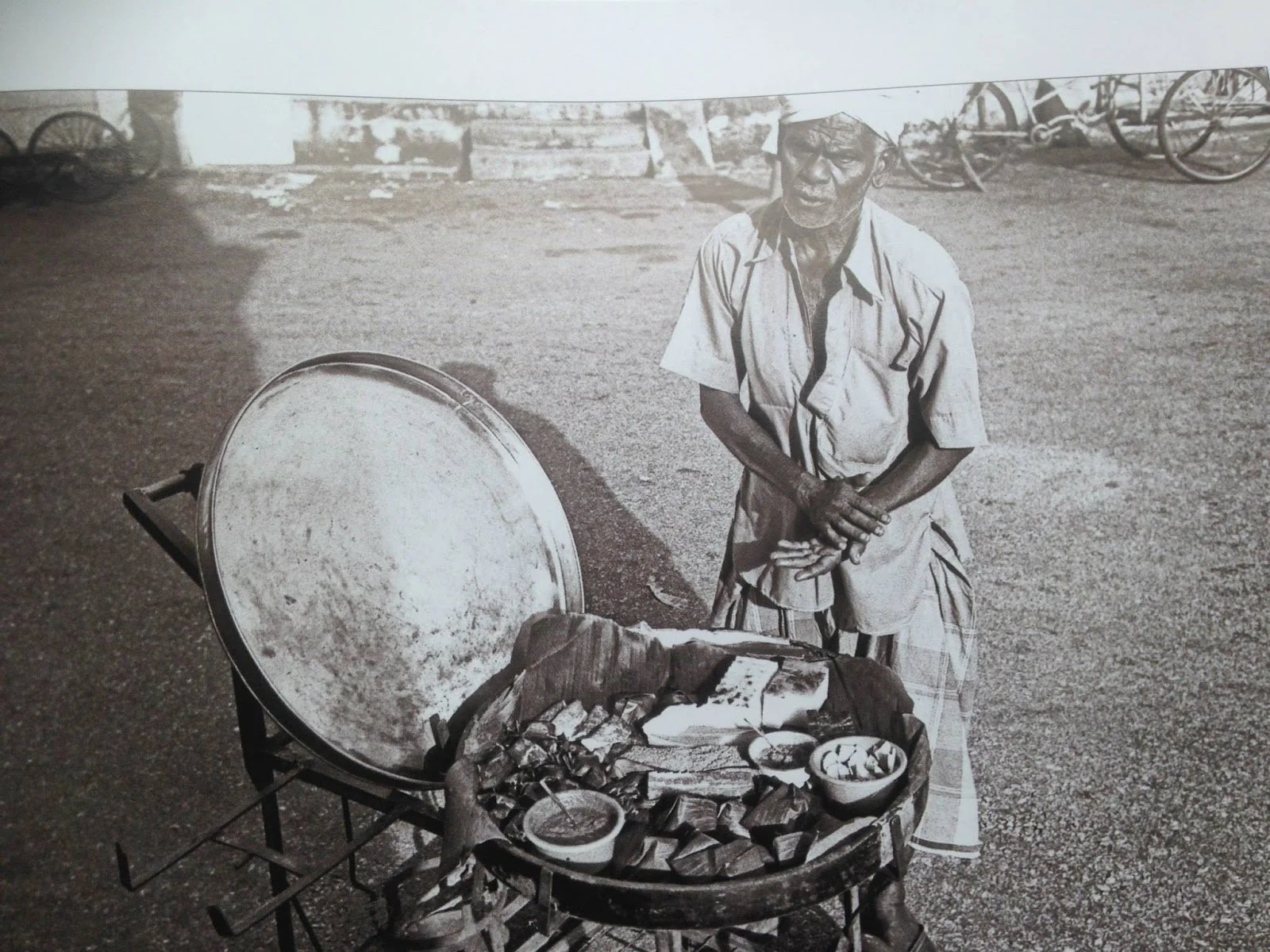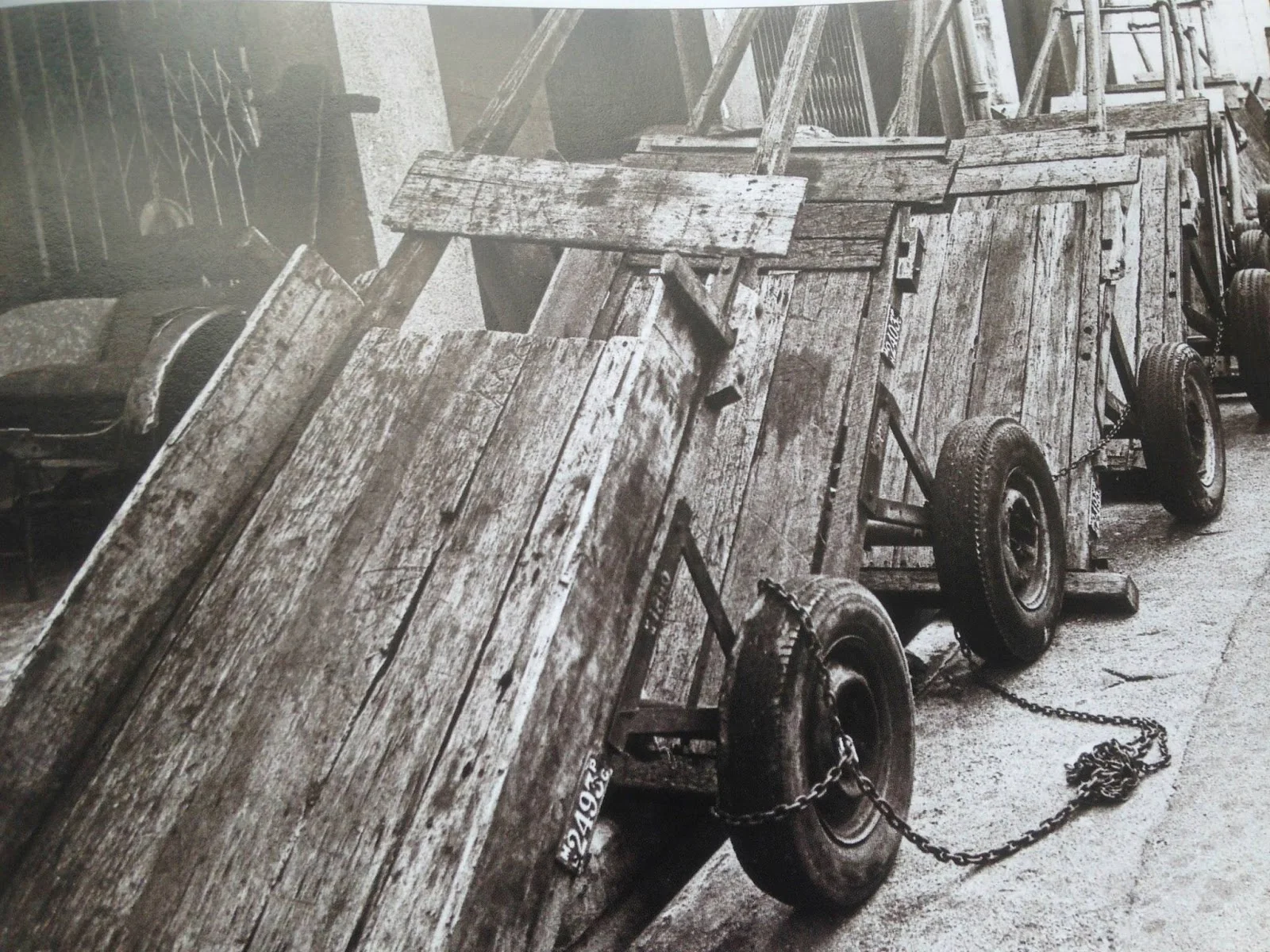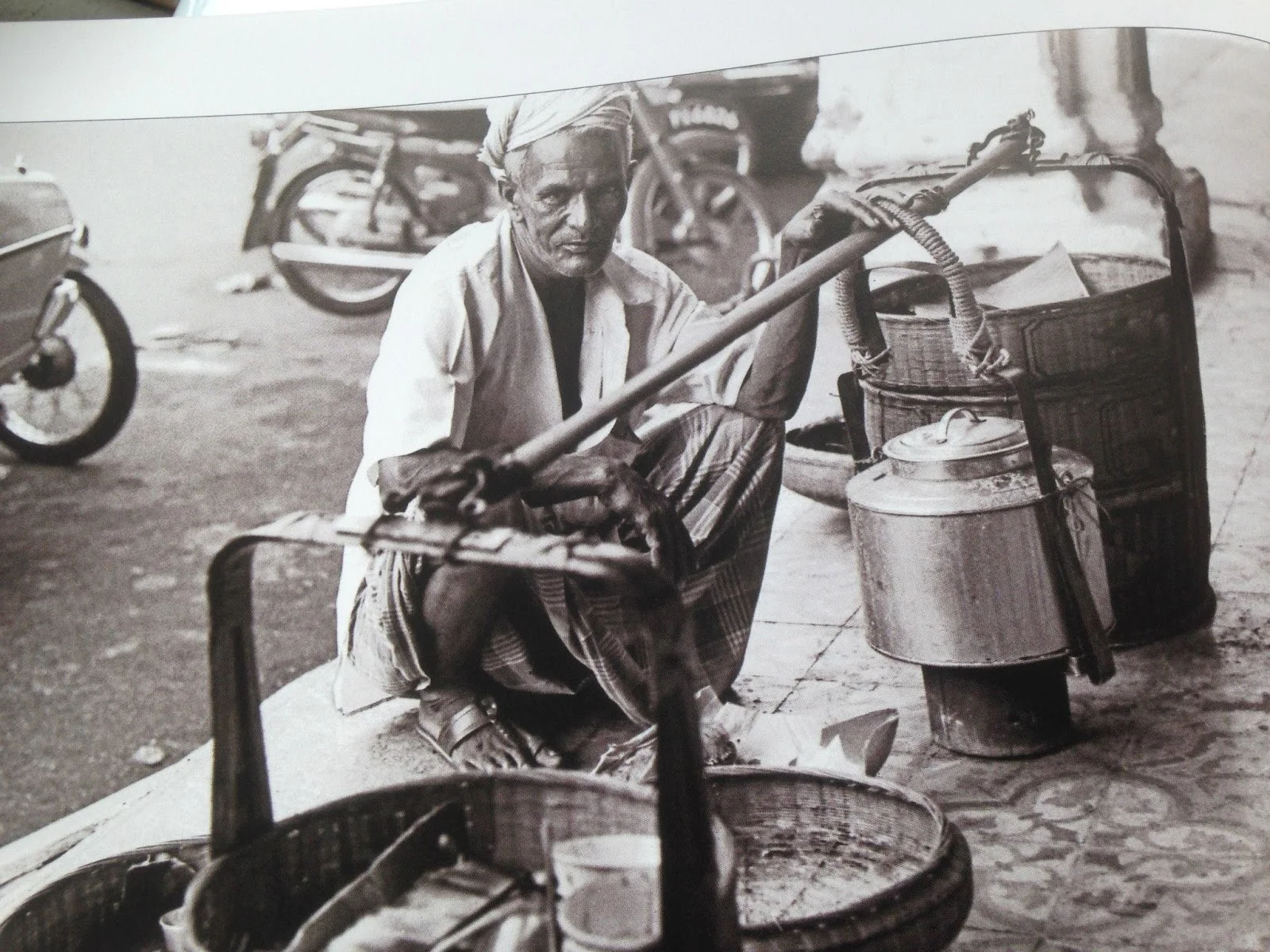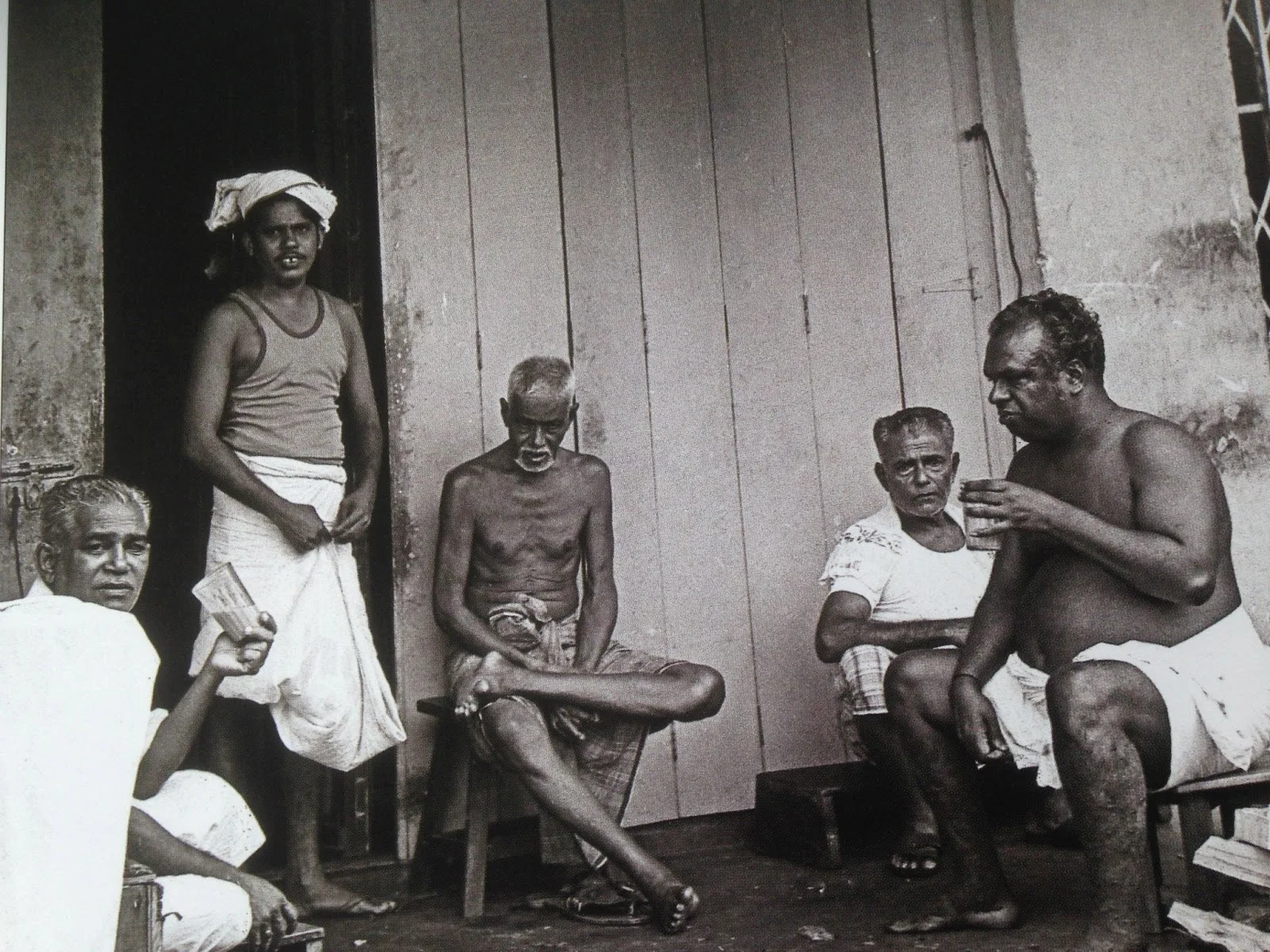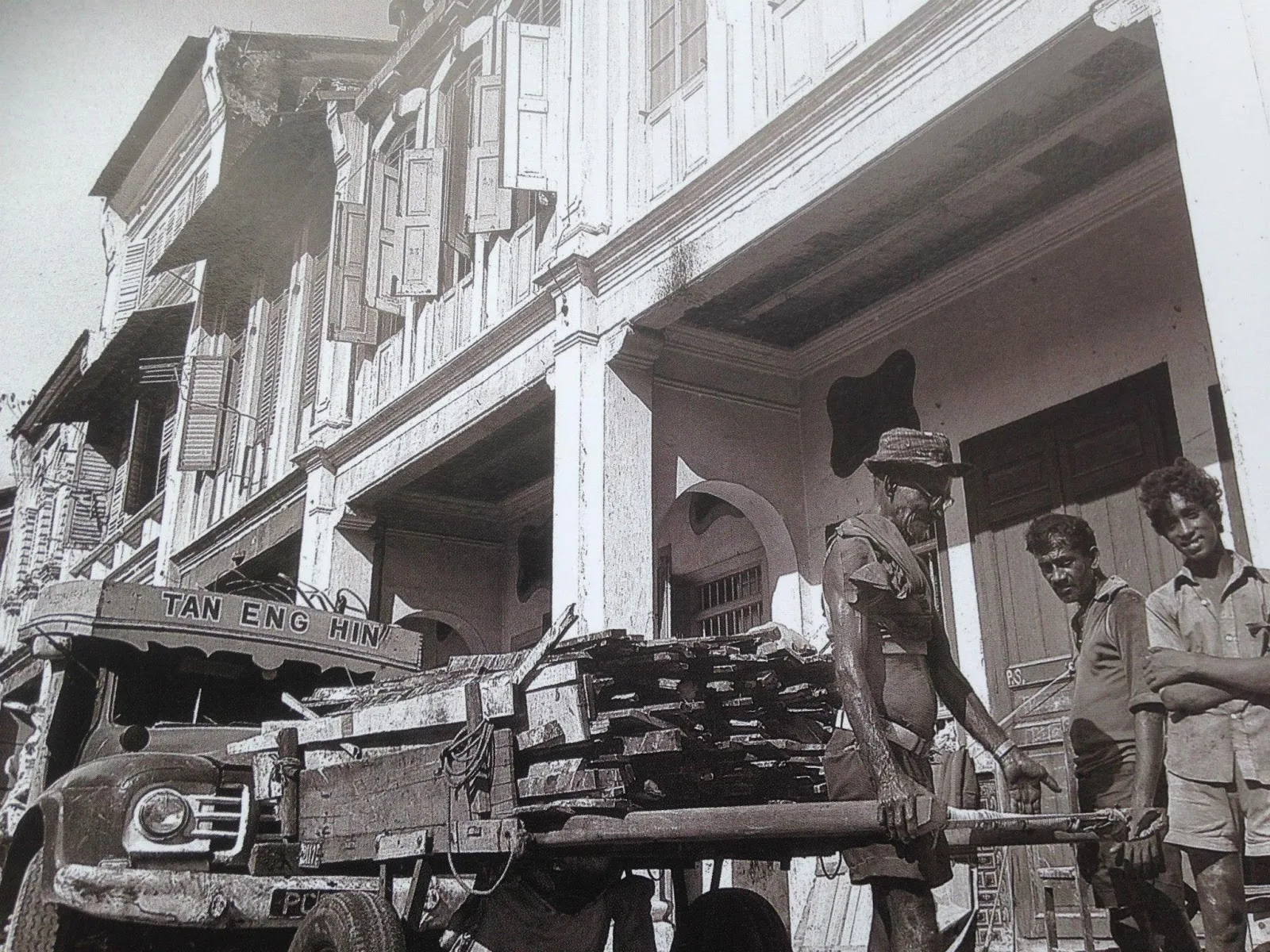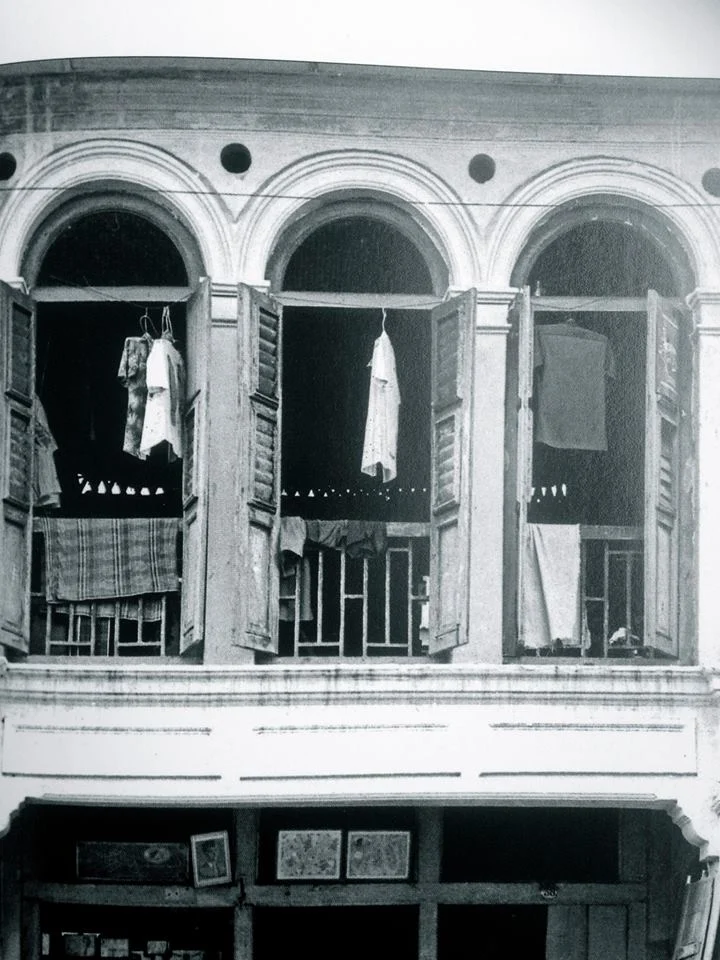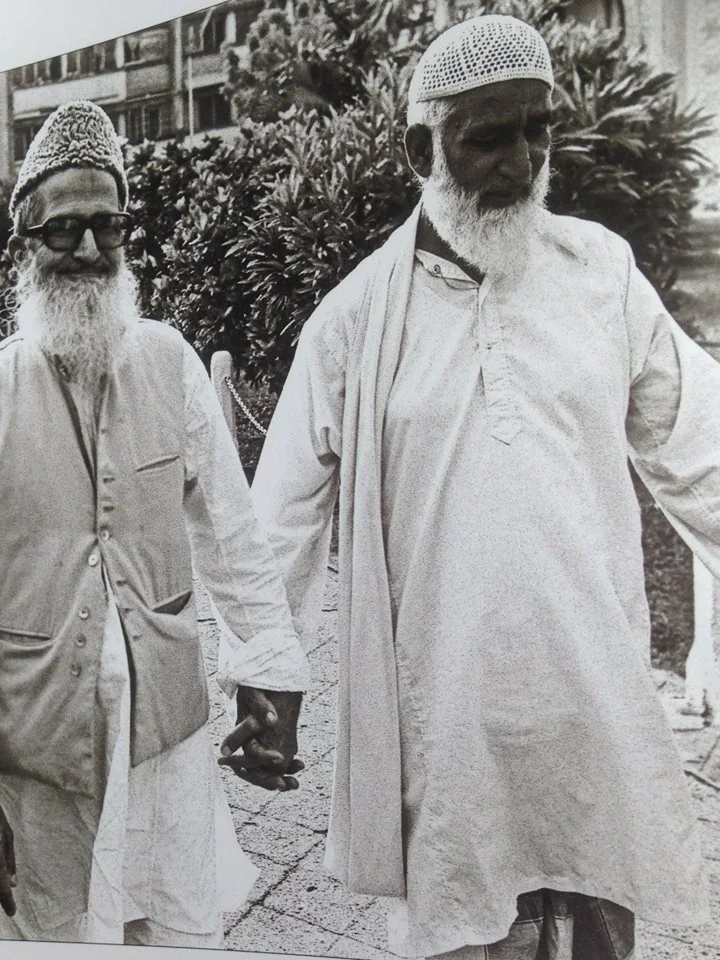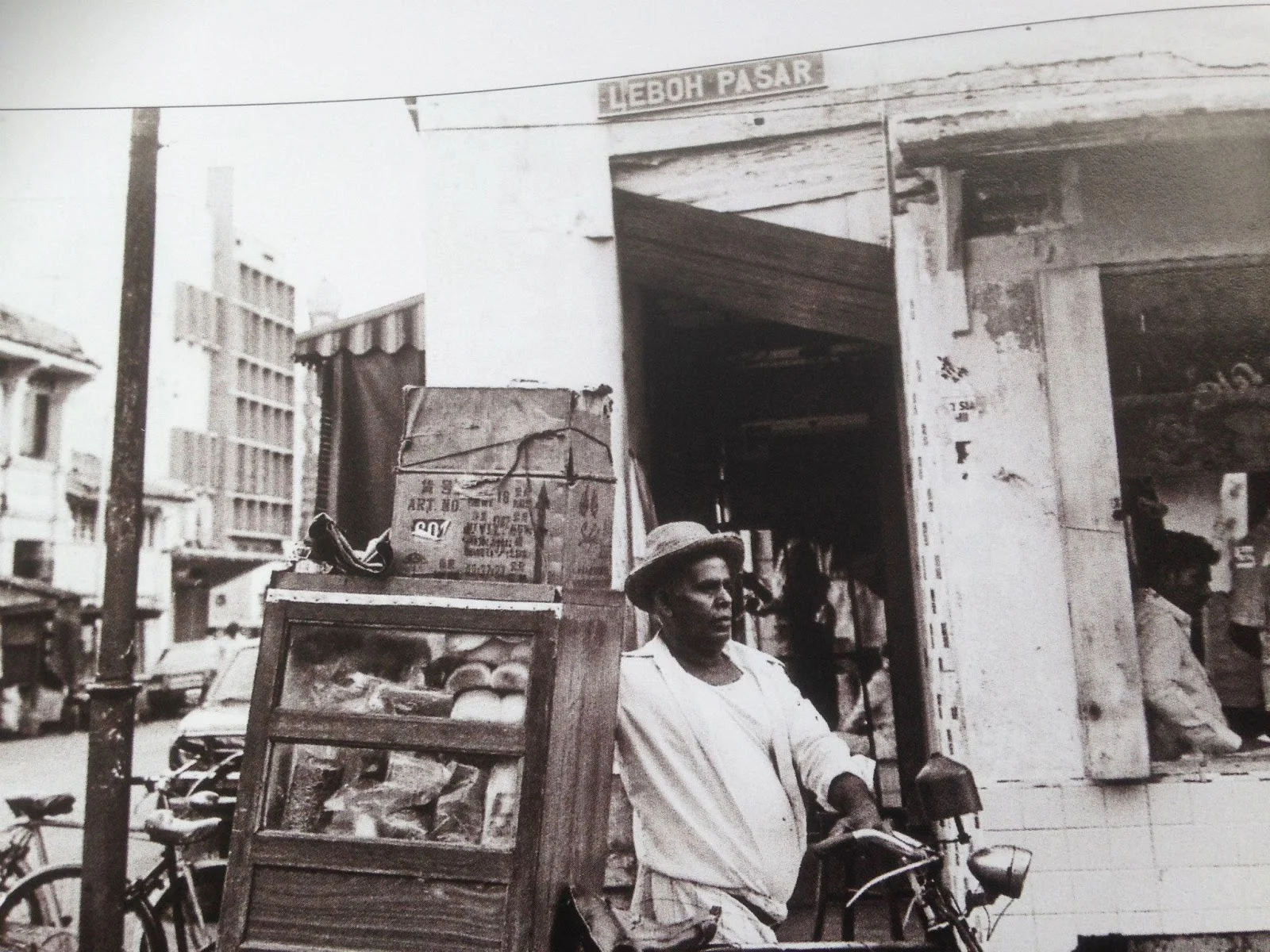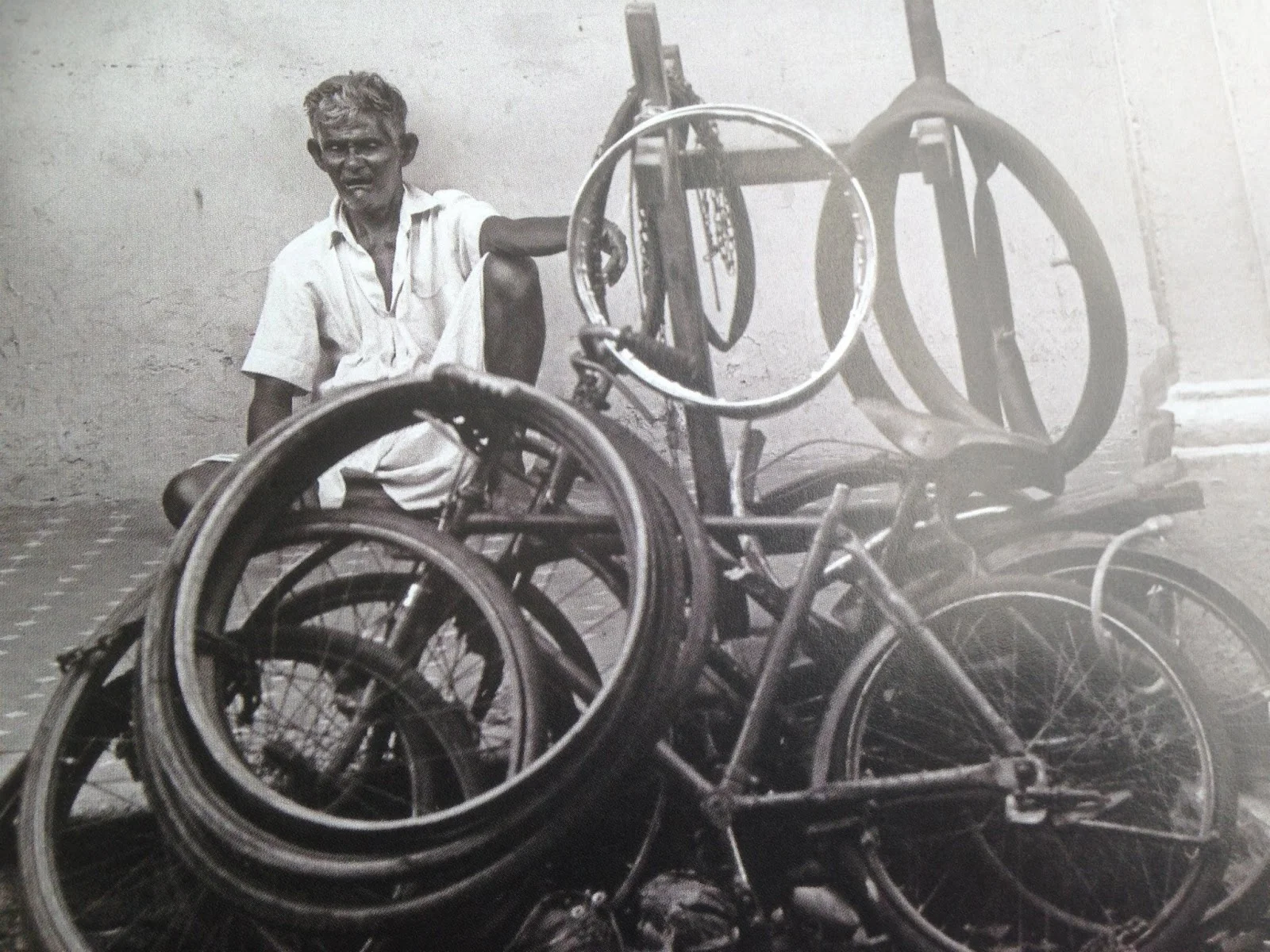 BBC Timewatch: The Princess Spy
BBC Timewatch: The Princess Spy(2006; Documentary)
Her maternal great-great-great grandfather is Tipu Sultan, the Mysore Ruler who died defending his nation against the marauding British forces on his Motherland. But Tipu Sultan himself is listed by the Hindutva movement as one of the monarchs who was engaged in the systematic destruction of Hindu civilisation. (But that is another story for another day!) Her father, Hazrat Inayat Khan, is a Sufi Master, a musician and a pacifist. Her mother is an American, Ora Ray Baker @ Pirani Ameena Begum, was a poet and a musician. She, Noor-un-Nisa Inayat Khan, was born in Russian, grew up in France and had to flee the Nazi invasion.

If her great ancestors fought the tyranny of the British, Nisa Inayat Khan @ Nora Baker @Madeline @ Nurse @ Jeanne-Marie Renier, worked on the side of the British against another savaging army of the time, the Nazis. She was an established writer, musician and a child psychologist. During the war, she served as an undercover British secret agent, masquerading as a wireless operator. She was parachuted into France to send in invaluable coded messages back to the UK. She was, however, captured by the Germans and executed in a concentration camp with a shot at the back of her head. She maintained her silence throughout the enemy interrogations, and her last spoken word was 'Liberté' (freedom). After the war, she was honoured posthumously with the George Cross, the highest award for bravery displayed away from a battlefield.
The story of Nisa Inayat Khan @Nora Baker is the story of a Muslim fighting on the side of the Allied Forces. She is also one amongst the millions of victims, like many Jews, who perished in the Holocaust that some people still deny having existed.







